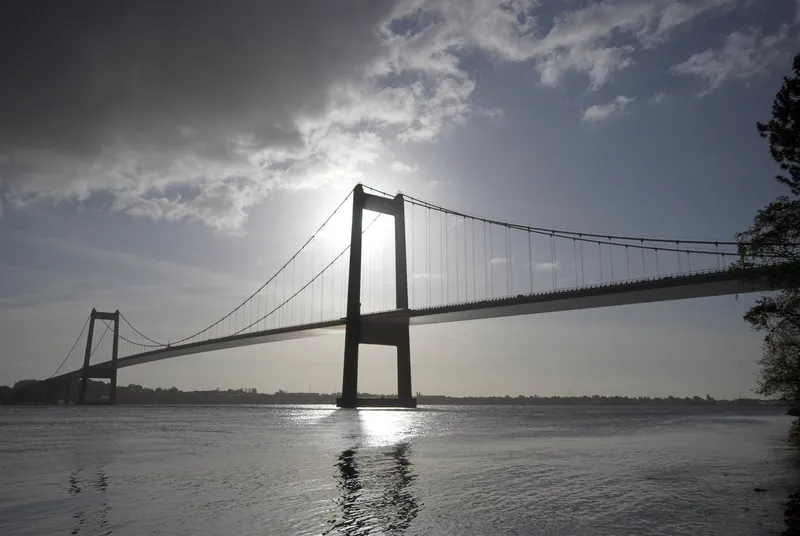
The Ministry of Transport has ordered Veivesendet to cancel consultations amid the government’s growing concern over the cost of any fixed link across the narrows, around 65km south of the capital Oslo.
The half-hour car-ferry crossing as part of National Highway 19 will continue as usual. Several thousand people and vehicles make the journey daily, newspapers reported.
The tolled Moss-Horten Tunnel was to be 17km long and 325m below sea level. It was also to meet
There is already a road tunnel across the fjord, at Dobrak, a small town of around 14,000 and about 40km south of Oslo. The three-lane 7.3km Oslofjord Tunnel, part of National Highway 23, was opened in 2000. The third lane is used as a climbing lane – for traffic heading uphill and overcoming the 7% gradient. The 11.5m-wide tunnel can handle around 7,500 vehicles daily with a speed limit of 70kph, enforced by speed cameras.
The Oslofjord Tunnel was shut down for three weeks in May last year for major repairs after an extensive truck fire. There were no injuries but around 300m of the tunnel needed repairs.







